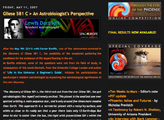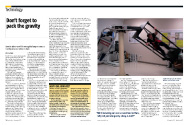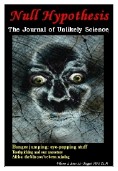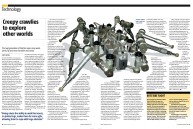 Building models forms the core of many areas of scientific and engineering research. Essentially, a model is a representation of a complex system that has been simplified in different ways to help understand its behaviour. An aeronautical engineer, for example, might build a miniaturised physical model of a fighter plane to test in a wind tunnel. In modern times, more and more modelling is being performed by computers – running mathematical models at very high rates of calculations. A computer model of the flow of air over a supersonic wing is incredibly sophisticated, but it is based on very basic principles of program design and simulation. In this article, the first half of a two-part feature on model behaviour, we’ll take a look at how simple computer models can be programmed to study some very interesting natural systems as well as focus on how a few scientists are using similar models in their own front-line research.
Building models forms the core of many areas of scientific and engineering research. Essentially, a model is a representation of a complex system that has been simplified in different ways to help understand its behaviour. An aeronautical engineer, for example, might build a miniaturised physical model of a fighter plane to test in a wind tunnel. In modern times, more and more modelling is being performed by computers – running mathematical models at very high rates of calculations. A computer model of the flow of air over a supersonic wing is incredibly sophisticated, but it is based on very basic principles of program design and simulation. In this article, the first half of a two-part feature on model behaviour, we’ll take a look at how simple computer models can be programmed to study some very interesting natural systems as well as focus on how a few scientists are using similar models in their own front-line research.
Read full article on +plus
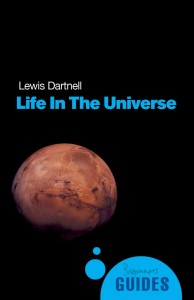 Astrobiology, the study of life and its existence in the universe, is one of the hottest areas of scientific research. Lewis Dartnell considers some of the fascinating questions facing researchers today. Could life exist anywhere else in the universe? What might aliens really look like? Dartnell explains why Earth is uniquely suited for life and reveals our profound connection to the cosmos.
Astrobiology, the study of life and its existence in the universe, is one of the hottest areas of scientific research. Lewis Dartnell considers some of the fascinating questions facing researchers today. Could life exist anywhere else in the universe? What might aliens really look like? Dartnell explains why Earth is uniquely suited for life and reveals our profound connection to the cosmos.